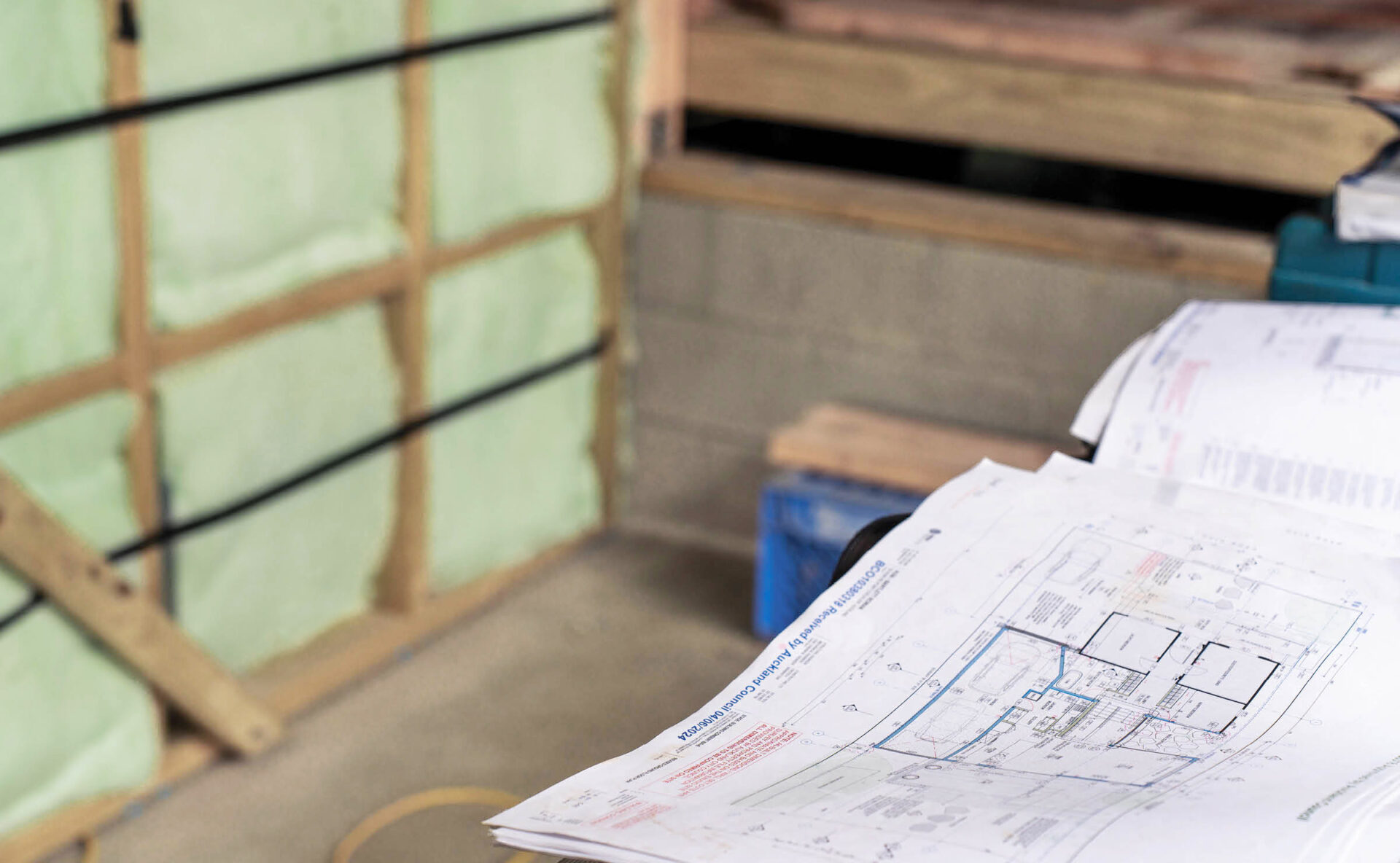Clean air is a human right, and is fundamental to our health and wellbeing. The World Health Organisation claims that air pollution is one of the greatest environmental risks to health, with household air pollution a notable concern globally. Because air quality has such a significant impact on human life, it makes sense that design and material choices should be informed by the potential for indoor air pollution—yet New Zealand still doesn’t have any specific regulations around indoor air quality. This means that the responsibility falls on architects, designers, and building owners to ensure the products they use will not have a negative impact on the quality of the air in their buildings.
The link between insulation and indoor air quality
Of all potential threats to indoor air quality, Dr Guy Coulson, Air Quality Scientist with NIWA, says mould and damp are the most significant. With proper insulation, the chance for mould growth is extremely low.
“Insulation greatly improves indoor air quality by regulating temperature and humidity, preventing mould and mildew growth. Mould and mildew are major issues in homes and workplaces as they release allergens and irritants into the air that can cause respiratory problems, sore throats, coughing or wheezing—many symptoms we deem typical come wintertime,” says TJ Jhagroo, GreenStuf® account manager.
There are also a number of household products and construction materials that contain Volatile Organic Compounds (VOCs), which are chemicals that become gaseous at room temperature.
“Lots of common products have VOCs: cleaning products, glues, paints and some building materials including insulation. Breathing in VOCs can cause headaches, dizziness, and irritation; long-term exposure can have more serious effects. Polyester insulation emits very low VOCs, making it one of the only insulation materials completely free from chemical binders. It is also hypoallergenic, which is perfect for people with asthma or allergies.”
GreenStuf is made from 100% polyester, which is non-toxic, non-irritating, and does not release harmful chemicals or fibres into the air.
“These qualities are particularly important for maintaining good indoor air quality, which we know directly affects respiratory health and overall wellbeing,” says GreenStuf account manager Dan Hoy.
“GreenStuf is free from binders, formaldehyde, and other chemical additives, making it a safer option for people with asthma, allergies, or sensitivities. GreenStuf is also resistant to moisture absorption, which helps prevent mould and mildew growth. Dampness and mould can cause or worsen respiratory issues. By maintaining consistent indoor temperatures, GreenStuf helps create a more comfortable living environment.”


Wellbeing and sustainability
Architects, designers, and building owners who are passionate about holistic design know that wellbeing and sustainability go hand in hand. Designing buildings to support and nourish the lives of their inhabitants means thinking bigger than the building footprint to consider the environmental and health impacts of the building process and material specification. When buildings are constructed using methods and materials proven to be safe for humans and the environment, developers can guarantee healthy indoor and outdoor air quality during the project and after the build is completed.
“By using GreenStuf insulation with thoughtful design, material selection, and ventilation strategies, homeowners and specifiers can create healthier, more comfortable, and more sustainable indoor environments,” Dan says. “Do it once and do it right for your project.”
Get in touch with the team today to learn more about GreenStuf.

